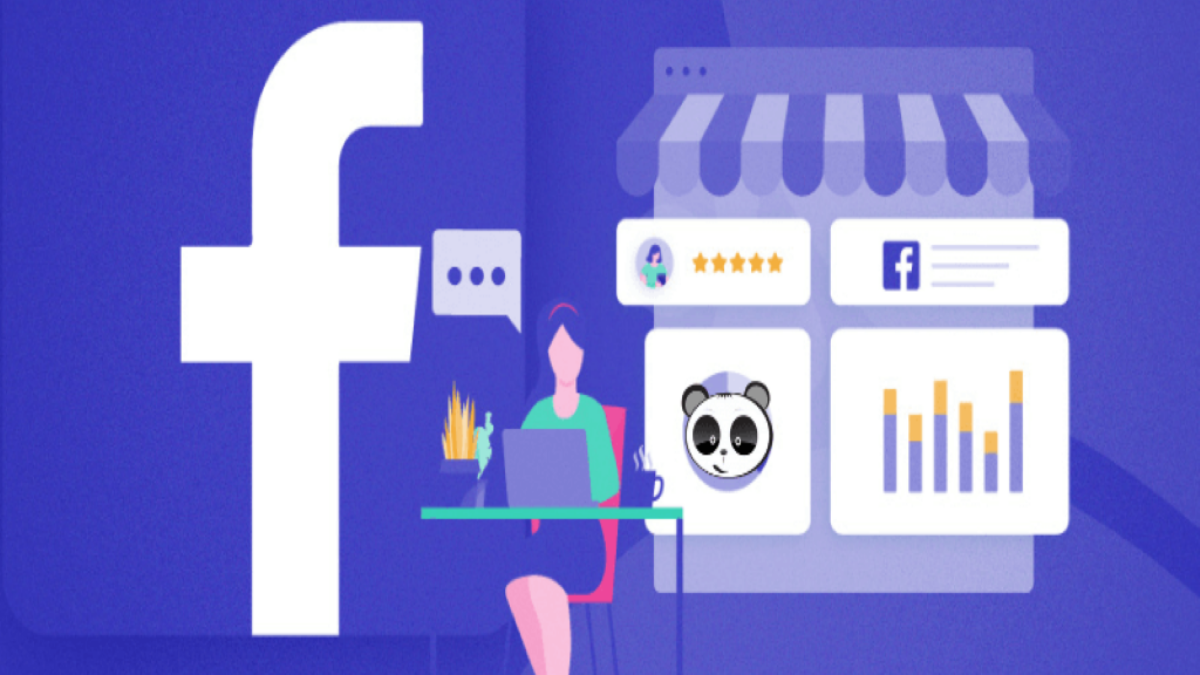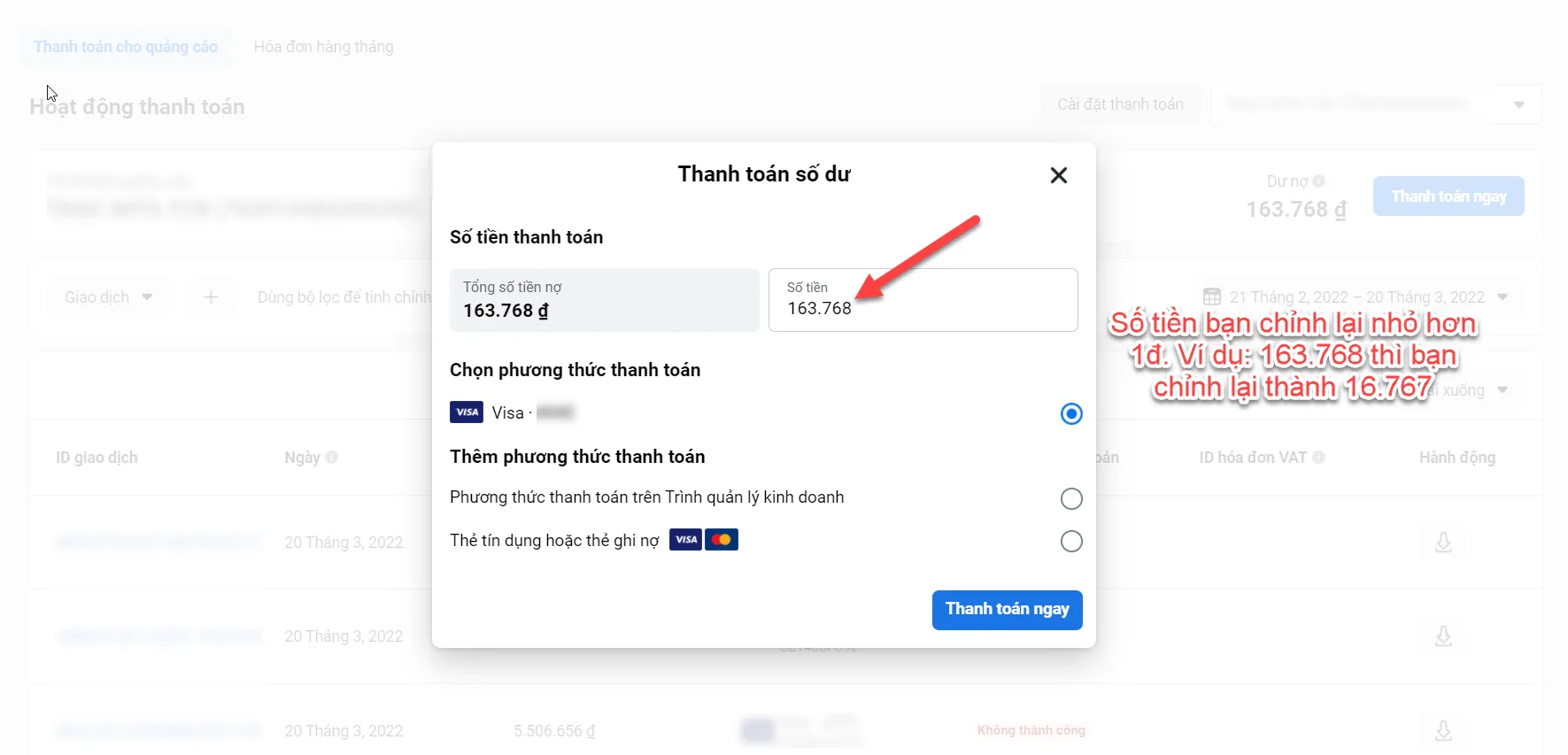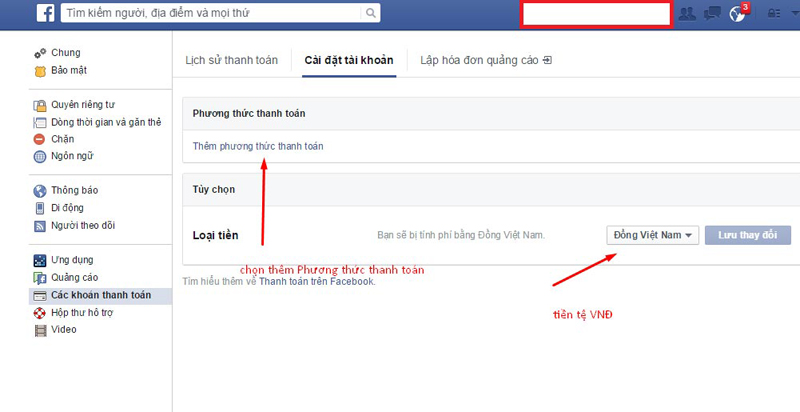Post map
ToggleNowadays, advertising on Facebook has become an indispensable part of the marketing strategy of businesses. However, many people still wonder how the cost of advertising on Facebook is calculated, why the same budget but the effectiveness is different between campaigns. To help you understand better and optimize costs, the following article of SOC LUA will analyze the charging mechanism, influencing factors and how to control the budget when running Facebook ads.
Overview of Facebook Advertising Costs
Before learning how to calculate Facebook ads cost, it’s important to understand that the platform operates on an auction system. This means Facebook doesn’t set a fixed price for ads — instead, advertisers compete with each other for visibility.
Facebook’s auction is based on three main factors: your bid amount, ad quality, and the estimated engagement rate. When your overall score is higher than your competitors’, your ads will be shown more frequently and at a better cost.
However, this also means Facebook ad costs are not fixed. The same ad format can vary in cost depending on your target audience, timing, geographic location, and even user behavior during a given period.
How to Calculate Facebook Ads Cost
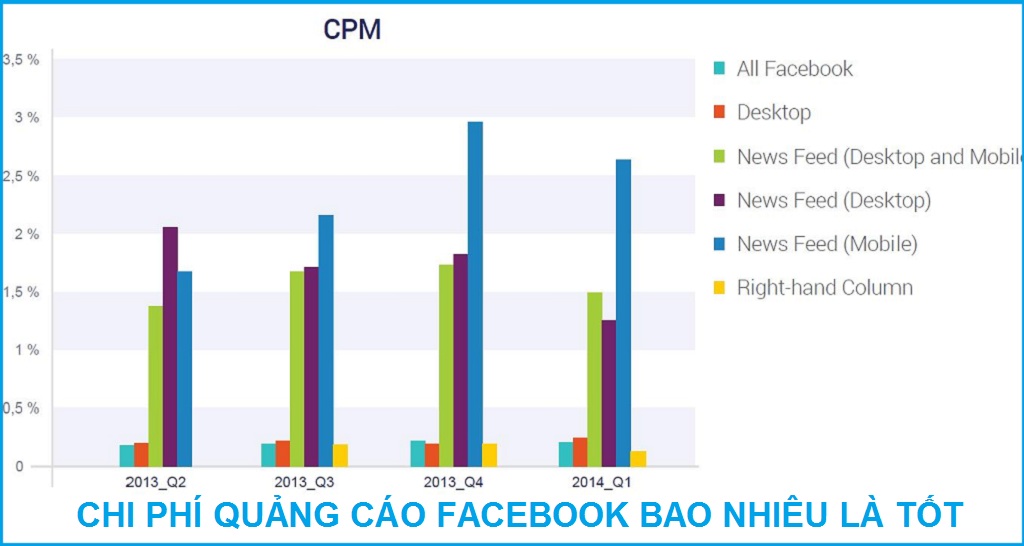
Facebook allows advertisers to choose from several billing methods. The two most common are Cost Per Click (CPC) and Cost Per Mille (CPM). In addition, there are other models such as Cost Per Action (CPA) and Cost Per Lead (CPL) depending on your campaign objectives.
CPC – Cost Per Click
CPC means you only pay when a user actually clicks on your ad. For example, if Facebook reports an average CPC of 1,000 VND and your ad receives 1,000 clicks, the total cost will be 1,000,000 VND.
Formula:
CPC = Total Ad Spend / Number of Clicks
This model is suitable for campaigns aiming to drive traffic — such as sending users to your website, landing page, or online store. According to aggregated data from 2024–2025, the current average CPC is approximately $0.69 per click.
CPM – Cost Per 1,000 Impressions
Unlike CPC, CPM (Cost Per Mille) means you pay for every 1,000 ad impressions, whether users click or not. The current average CPM rate is around $12.58 per 1,000 impressions.
Formula:
CPM = (Total Ad Spend / Total Impressions) x 1,000
CPM is typically used for brand awareness or reach campaigns. However, if your ad is not engaging or poorly targeted, CPM campaigns can waste your budget without generating meaningful engagement.
CPL – Cost Per Lead
CPL (Cost Per Lead) represents the cost you pay for each lead generated from your campaign. Facebook calculates CPL using the following formula:
CPL = Total Ad Spend / Number of Leads Collected
For example, if you spend 3,000,000 VND and generate 150 leads, your average CPL is 20,000 VND per lead. This metric helps evaluate the effectiveness of campaigns focused on lead generation, form submissions, or sign-ups. A lower CPL indicates a more optimized campaign, but it’s important to also consider lead quality to ensure real business value. The current benchmark CPL is approximately $8.68 per lead.
Factors That Affect Facebook Ad Costs
Even if you use the same calculation Facebook advertising costs per month, costs can still vary significantly depending on many different factors.
Target Audience
The more specific your target audience, the higher the cost tends to be. For example, targeting people aged 25–35 in major cities who frequently shop online will cost more than targeting a broader group, because competition is stronger.
Ad Quality
Facebook favors high-quality ads that deliver a good user experience. Ads with attractive visuals, compelling content, and strong engagement are rewarded with lower costs.
Facebook measures ad quality using Relevance Score, Click-Through Rate (CTR), and user feedback (such as reports, ad hides, or negative comments).
Campaign Objective
Costs also vary depending on your selected campaign objective. For example, “Post Engagement” campaigns generally cost less than “Purchase Conversion” campaigns. Facebook automatically optimizes your ads for the chosen objective, and the price reflects the difficulty of achieving that goal.
Ad Timing
Facebook ad costs fluctuate based on timing. During high-demand seasons like Lunar New Year, Black Friday, or back-to-school periods, competition increases, and costs rise. Conversely, during off-peak periods, costs often decrease significantly.
Placement and Geographic Location
If you advertise in highly competitive regions such as Hanoi, Ho Chi Minh City, or developed countries, average costs will be higher than in smaller markets. Moreover, different ad placements on Facebook (News Feed, Stories, Reels, or Audience Network) also have distinct pricing levels.
How to Optimize and Control Facebook Ad Costs
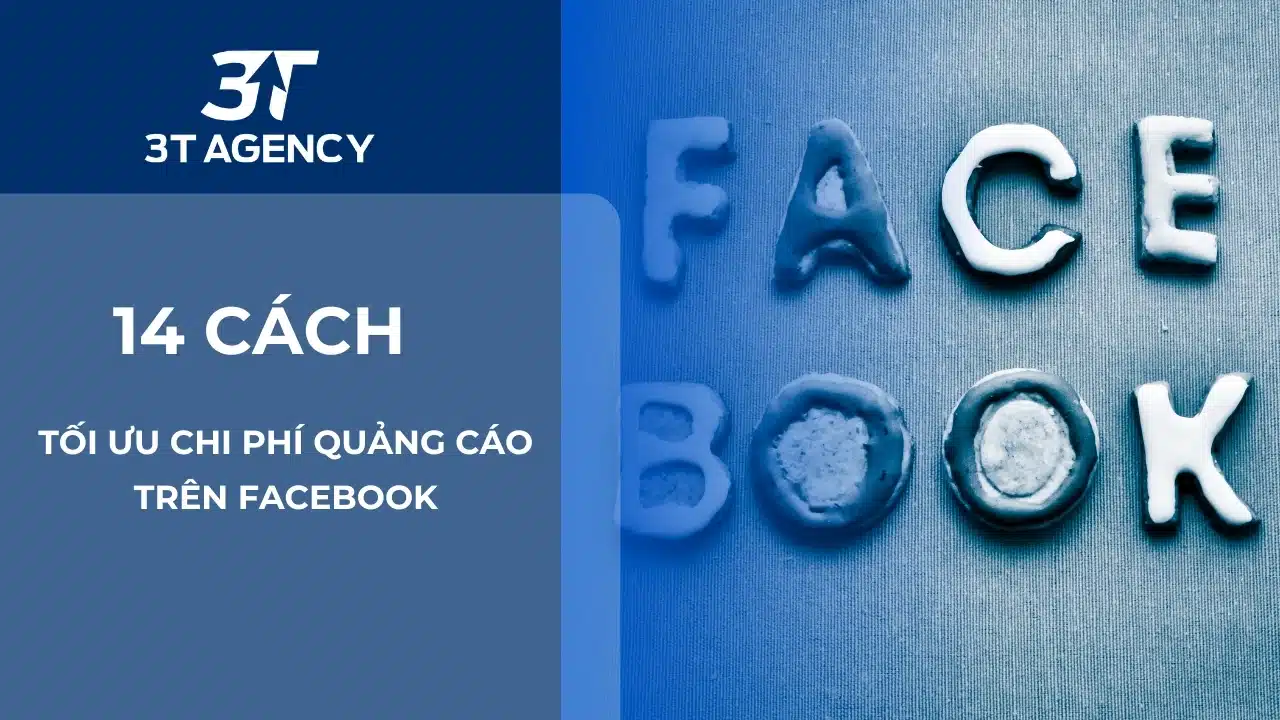
Understanding how to calculate Facebook ads cost is the first step. To maximize effectiveness and save money, you should apply smart optimization strategies.
Identify the Right Target Audience
One of the most common reasons for rising ad costs is incorrect targeting. Research your customer persona carefully, including age, gender, location, interests, and behaviors. The more accurate (yet large enough) your audience, the more efficiently Facebook can optimize delivery and reduce costs.
Optimizing Ad Content
Content directly impacts campaign performance. Use eye-catching images or videos, concise headlines, clear messages, and strong calls to action (CTAs). Engaging ads generate higher CTR, which reduces CPC and CPA over time.
Monitor and Adjust Regularly
You should not let your ads run unattended for too long. Check performance reports daily to identify which ads perform well and which waste money. Turning off underperforming ad sets and reallocating budget to effective ones can significantly reduce overall cost.
Set a Realistic Budget and Spending Limit
Facebook allows you to set either a daily or lifetime budget. This helps prevent overspending. Additionally, running A/B tests with multiple ad versions can help you identify the most cost-efficient strategy.
Choose the Right Time to Run Ads
If your product isn’t seasonal, avoid running ads during high-demand periods to save money. You can also schedule ads to appear when your target audience is most active, maximizing visibility and engagement.
Understanding how to calculate Facebook ads cost empowers you to control your budget and achieve better marketing results. Facebook doesn’t simply charge based on clicks or impressions — it considers ad quality, competition level, and user behavior. By mastering these principles and combining them with smart optimization techniques, you can make every dollar spent on ads deliver greater value, helping your business grow efficiently and sustainably.
Frequently Asked Questions
Yes. Facebook allows you to set daily or lifetime budgets for your campaigns to manage expenses and prevent overspending.
Ad costs are usually lower during midweek or off-peak seasons when competition is reduced. It’s also best to schedule your ads when your target audience is most active to increase engagement and efficiency.

